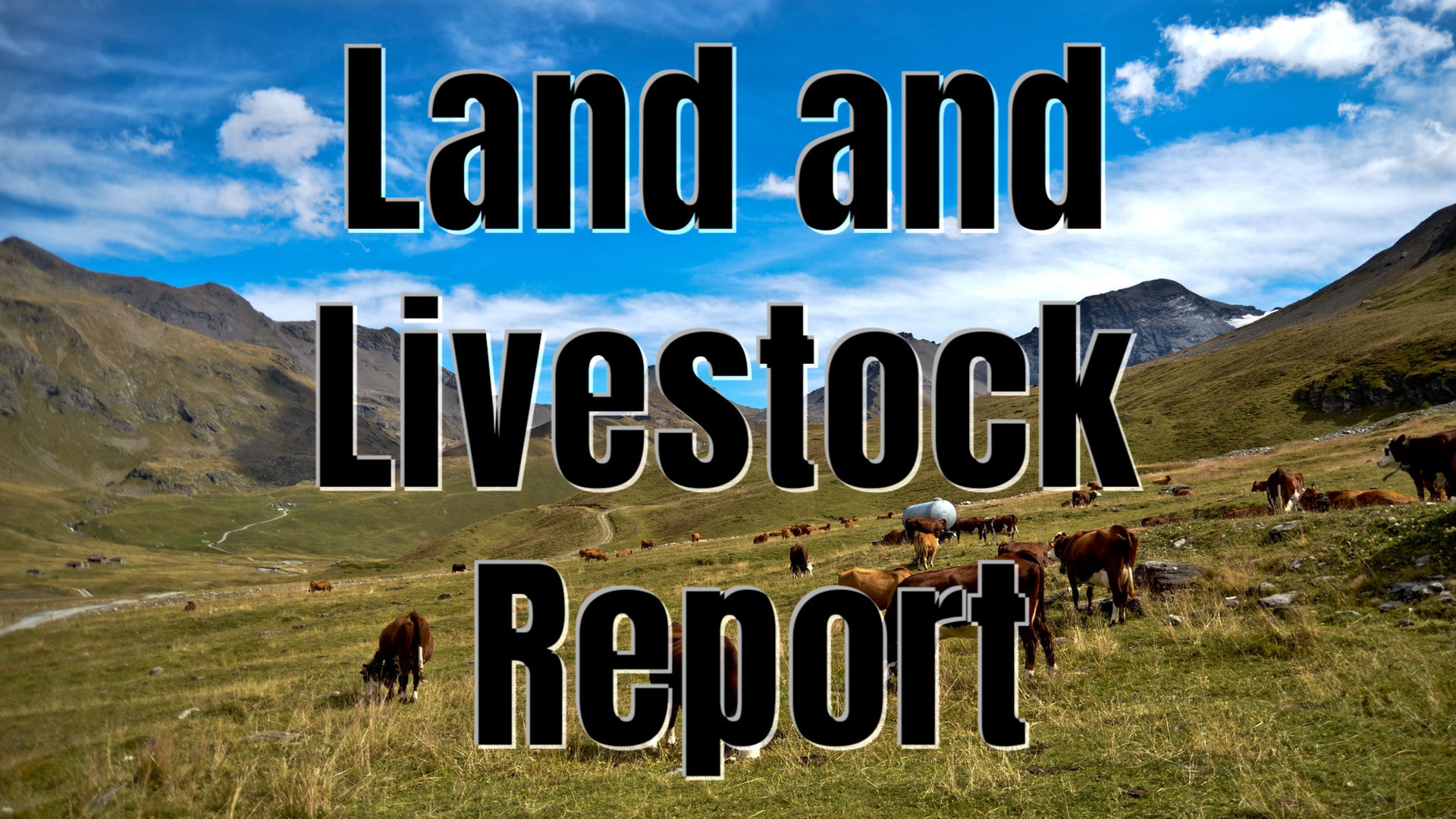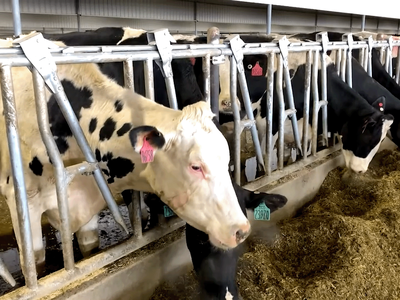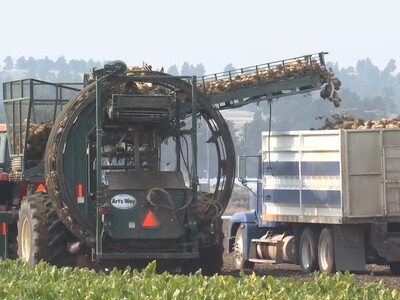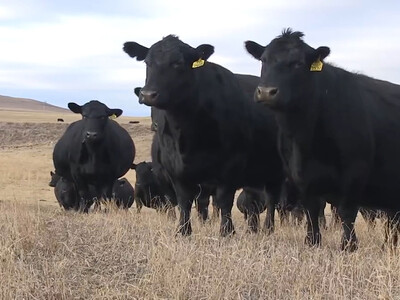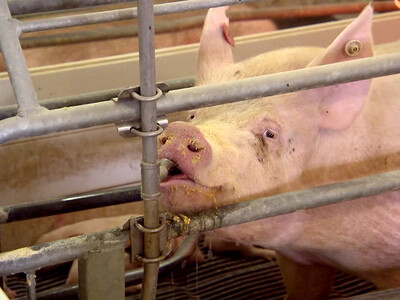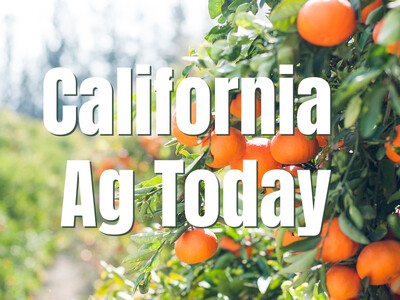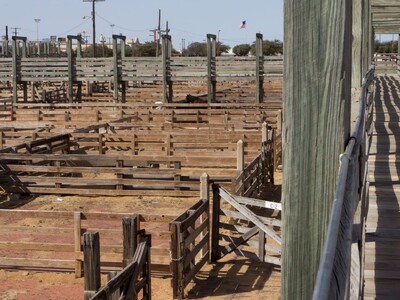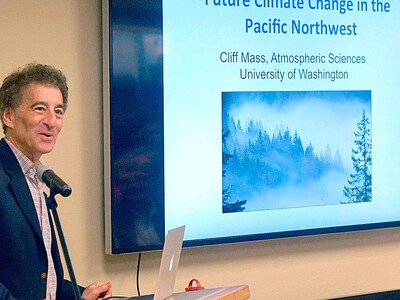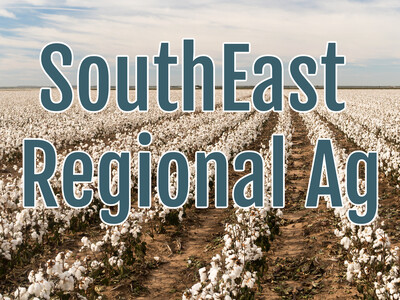The Science of Grazing
I love it when science confirms what ranchers have known for generations. I’m Susan Allen reporting today from beautiful Cashmere Washington and inviting you to stay tuned for the Open Range Report. The Soil Science Society of America Journal just published a report on restoring farmlands that had been heavily cultivated for generations with crops like wheat, soybeans and sorghum. While this took place in Northeast Georgia farmland it’s applicable in regions that grow comparable crops like the Northwest. In the project conducted by a team of U.S. Department of Agriculture scientists, degraded land, much of it eroded was replanted initially with bermudagrass and pastures were then grazed by cattle n five month increments then monitored for the effect on soil quality. The results were extremely positive so after five years of monitored grazing, tall fescue was added to the pastures mix and the grazing time increased by ten month periods. Many environmental groups advocate removing cattle from native grasslands but after this extensive study encompassing many years the team of researchers discover just the opposite, that the grazed land produced more grass than ungrazed and better yet had the greatest amount of carbon and nitrogen sequestered in the soil equating to less greenhouse gas emissions.. The conclusion published by ScienceDaily stated that “growing tall fescue and allowing moderate grazing by cattle can help restore quality to soil destroyed by decades of plowing.”


